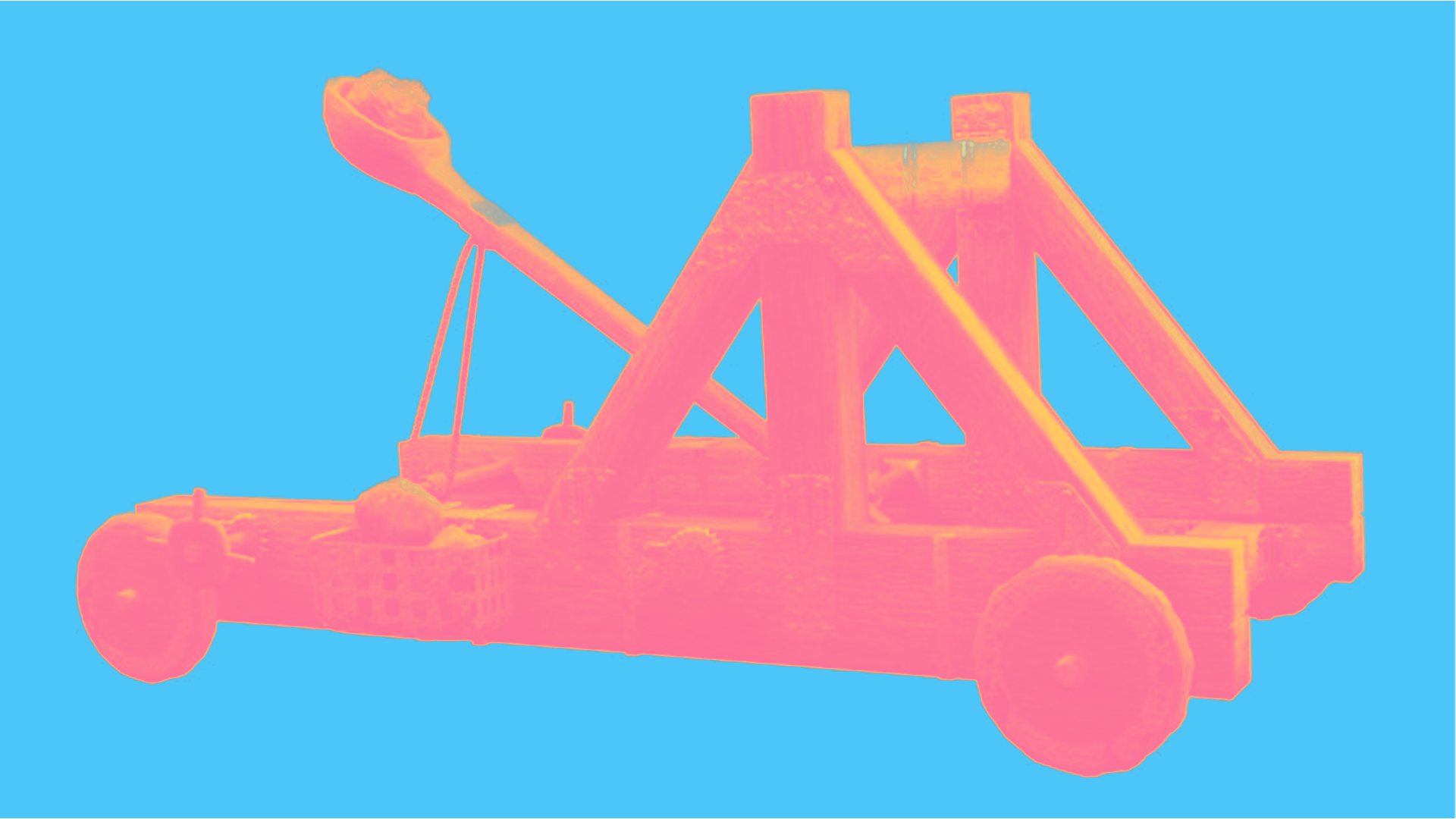Simple Machines: Ancient Tools, Modern Engineering

Simple machines may seem basic, but they’re behind some of the most powerful tools ever invented.
The Dive
Before jackhammers and cranes, before electricity and engines, humans had a different kind of toolbox. It was filled with simple machines, basic devices that helped people do work more easily. They don’t create energy, but they give us the ability to change how a force is applied. That might mean using less force over a longer distance, or changing the direction of the force altogether. Either way, simple machines make hard tasks feel a whole lot easier.
There are six types of simple machines: the lever, wheel and axle, pulley, inclined plane, screw, and wedge. You’ve probably used most of them without realizing it. Every time you use a ramp, ride a bike, or turn a screwdriver, you're putting these ancient inventions to work. Want to see one in action? Try building a mini catapult. It’s a perfect example of a lever. When you push down on one end (the effort), the other end flings your marshmallow across the room. That’s the magic of mechanical advantage, using a small force over a longer distance to create a big effect.
Levers like seesaws or crowbars pivot around a point called a fulcrum. Move the fulcrum closer to the load, and you need less force to lift it. Pulleys let you change the direction of a force so you can pull down to lift something up. Inclined planes are sloped surfaces, like ramps, that let you raise heavy objects gradually instead of lifting them straight up. Screws are just inclined planes wrapped around a rod, great for holding things together or lifting loads. Wedges are used to split or cut—think axes or knives. And the wheel and axle reduces friction, making it easier to roll rather than drag.
When ancient Egyptians built the pyramids, they didn’t use bulldozers, they used these simple machines. Ramps (inclined planes), rollers (wheels and axles), and levers were essential tools for moving massive stones into place. Engineers today still rely on these principles to design bridges, buildings, and machines. The tools may look more modern, but the science is the same.
Understanding simple machines helps us see the hidden physics in everyday life. A doorstop? Wedge. A staircase? Inclined plane. A bottle opener? Lever. Even your shoelaces use pulley principles. Once you recognize these tools, you start to see the world like an engineer, one clever solution at a time.
Why It Matters
Simple machines help us solve real-world problems with less effort. From construction sites to classrooms, these mechanical tools are everywhere. They teach us how force, motion, and energy interact—and that big results can come from small, smart moves. Understanding simple machines is like unlocking a secret code behind everything from ancient engineering to everyday tools.
?
Which simple machines do you use every day without realizing it?
How does moving the fulcrum change the way a lever works?
Why did ancient engineers rely so heavily on inclined planes?
What modern tools combine more than one simple machine?
What is mechanical advantage, and how does it make work easier?
Dig Deeper
A short video showing how engineers use simple machines to solve real-world problems.
Bill Nye explores the world of simple machines in his signature fun and energetic style.
Related

Aerodynamics and the Forces of Flight
Weight, lift, thrust, and drag—these are the invisible forces every pilot and engineer must master to conquer the sky. From paper airplanes to rocket launches, aerodynamics is the science behind every flight.

What Is Buoyancy?
Why do ships float, submarines dive, and balloons rise? It all comes down to buoyancy—the force that pushes up.

Harnessing the Power of Offshore Wind
Offshore wind energy is one of the fastest-growing renewable energy sources, capable of delivering massive amounts of clean electricity right where people live: along coastlines.
Further Reading
Stay curious!
